The birth of "Rach Gia Strings"
Initially, the vọng cổ song was accompanied by a two-stringed đàn kim, a traditional Vietnamese musical instrument. Later, around 1930 to 1935 in the provincial capital of Rach Gia, now Rach Gia ward, An Giang province, there was a teacher named Tiên (teacher Tiên) who used the mandolin, a musical instrument imported from Italy, with four double steel strings to play Vietnamese music with a 16-beat vọng cổ song.
Many amateur artists in Rach Gia province enthusiastically responded, forming a group to perform the 16-beat vọng cổ song, then increasing it to 32 beats, popularizing it throughout the provinces and cities of the South.
A performance at the 2023 Kien Giang Province Don Ca Tai Tu Competition. Photo: DOAN THE HANH
“Rach Gia string” is a type of string arrangement on the Mandolin: Mi (string 1), La (string 2), Re (string 3), Sol (string 4) to perform vọng cổ songs. But the Mandolin has a flat fret, the sound when playing is not very good, the artisans gradually created, improved, and gradually perfected the sound.
From the "Rach Gia String" tune with 16 beats, then 32 beats, artisans in Saigon, Long An , Sa Dec, Bac Lieu and the Western provinces created many different ways of stringing on Guitar-Mando (Octavina) to play vọng cổ better, gradually perfecting vọng cổ, such as: "Bac Lieu String", "Long An String", "Sai Gon String", "Ngan Giang String", "Xe String", "lai string"... or directly calling the name of the person who adapted the stringing method such as: "Van Vi String", "Van Gioi String", "Hoang Thanh String", "My Chau String"...
“Rach Gia strings” were originated by artisans in Rach Gia and were the first to perform the 16-beat vọng cổ song on Mandolin, then Guitar-Mando. That confirms that: Without “Rach Gia strings”, there would be no creative string tuning styles in the past 100 years, the most popular today being “hybrid strings”.
The “hybrid string” is used to play the 32-beat vọng cổ and all the traditional and reformed operas that have reached the pinnacle of art today. The unique thing about the “hybrid string” is that it can still play the 16-beat vọng cổ on a concave-fret guitar.
In the historical process of formation and development of the current concave-fret guitar, there is a great contribution of the “Rach Gia String”. According to Meritorious Artist Huynh Khai - former Head of the Department of Traditional Music, Ho Chi Minh City Conservatory of Music, the “lo” sound of the “cong” string when playing the 3-string ho that Ms. My Chau sings now is very convenient. Currently, every musician uses the scale of the “Rach Gia String”.
Discussing the contribution of “Rach Gia String” which was born nearly 100 years ago, Meritorious Artist Huynh Khai said: “Thanks to “Rach Gia String”, we only need to tune the first string one note to have a “hybrid string”. In the process of forming strings, there is “Quarter String”, if we know “hybrid string”, we only need to tune the fourth string one note to have a “Quarter String”. Thus, “Quarter String” combined with “Rach Gia String” will have “hybrid string”…”.
Conservation policy is urgently needed.
Nowadays, the artisans who play the 16-beat Mandolin style are gradually disappearing, most of them do not play the original music of the Rach Gia people in the past. Unfortunately, there is currently no document stating the exact origin of the "Rach Gia String" in which year it was born. The data in this article as mentioned above is the result of the musicians' collection and research among the people, music enthusiasts and old artisans in the South. Through research, the musicians and artisans all said that currently there is no longer a copy of the "Rach Gia String".
Many researchers, traditional music artists, especially amateurs and reformed opera artists in the region and the province all wish to research and search among the people to preserve and conserve the “Rach Gia strings”. Meritorious Artist Huynh Khai said that if there is an organization to research, collect and preserve the “Rach Gia strings”, it would be very valuable.
However, currently the scales of “Rach Gia Strings”, the styles of instruments and the sounds of “Rach Gia Strings” are still being used by many musicians, such as: Meritorious Artist Van Gioi when playing the 3-stringed folk song that Ms. My Chau often sings still uses “Rach Gia Strings”, because it has the word “cong doc”.
Next is musician Van Dan, although he uses the "hybrid string", the scale and notes still follow the "Rach Gia String" or musician Khai Hoan, if you are interested in the notes, you will also notice that the scale, mode, and melody running on the string in the hybrid style still sound exactly like the "Rach Gia String".
Composer Nguyen Thien Can - former Chairman of Kien Giang Literature and Arts Association shared: "Not only collecting and researching, but the important thing is that from the research results, it is necessary to organize teaching and widely disseminate to the people. If delayed, it will be very difficult because the artisans who understand "Rach Gia strings" are old, many have passed away".
As someone who has taught amateur music and reformed opera to many generations, Meritorious Artist Nguyen Hoang Vu - Head of the former Kien Giang Province Amateur Music Club, pondered: “Researching and collecting at a time when the “Rach Gia String” is facing the risk of being lost is a very necessary task. In my opinion, currently among the people, there are still many artisans who occasionally play the “Rach Gia String” or perform at parties. When searching for and collecting the most accurate players, experts will restructure to unify the scales and modes, serving the work of preserving, keeping, and considering it as an intangible heritage”.
HONG PHUC
Source: https://baoangiang.com.vn/doc-dao-day-don-rach-gia--a426106.html





![[Photo] General Secretary To Lam attends the 80th Anniversary of the Cultural Sector's Traditional Day](https://vstatic.vietnam.vn/vietnam/resource/IMAGE/2025/8/23/9f771126e94049ff97692935fa5533ec)







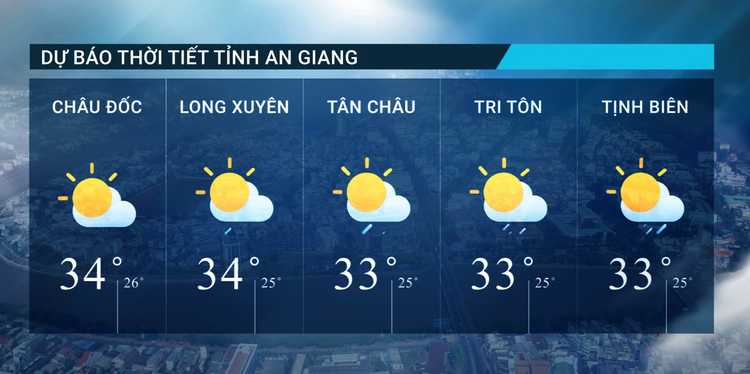



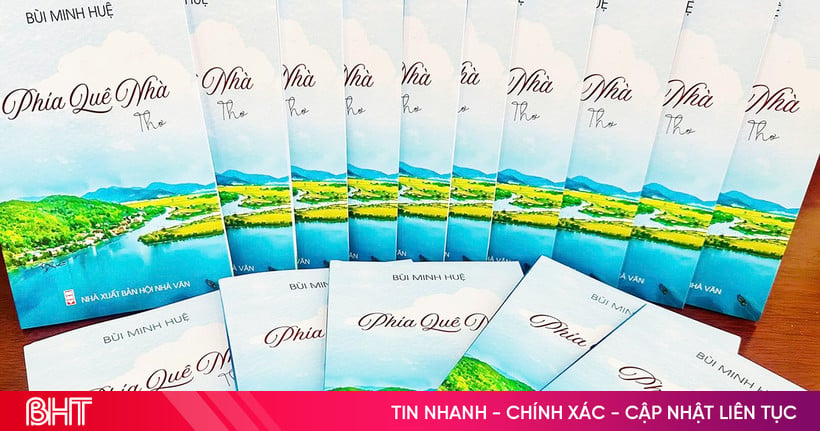

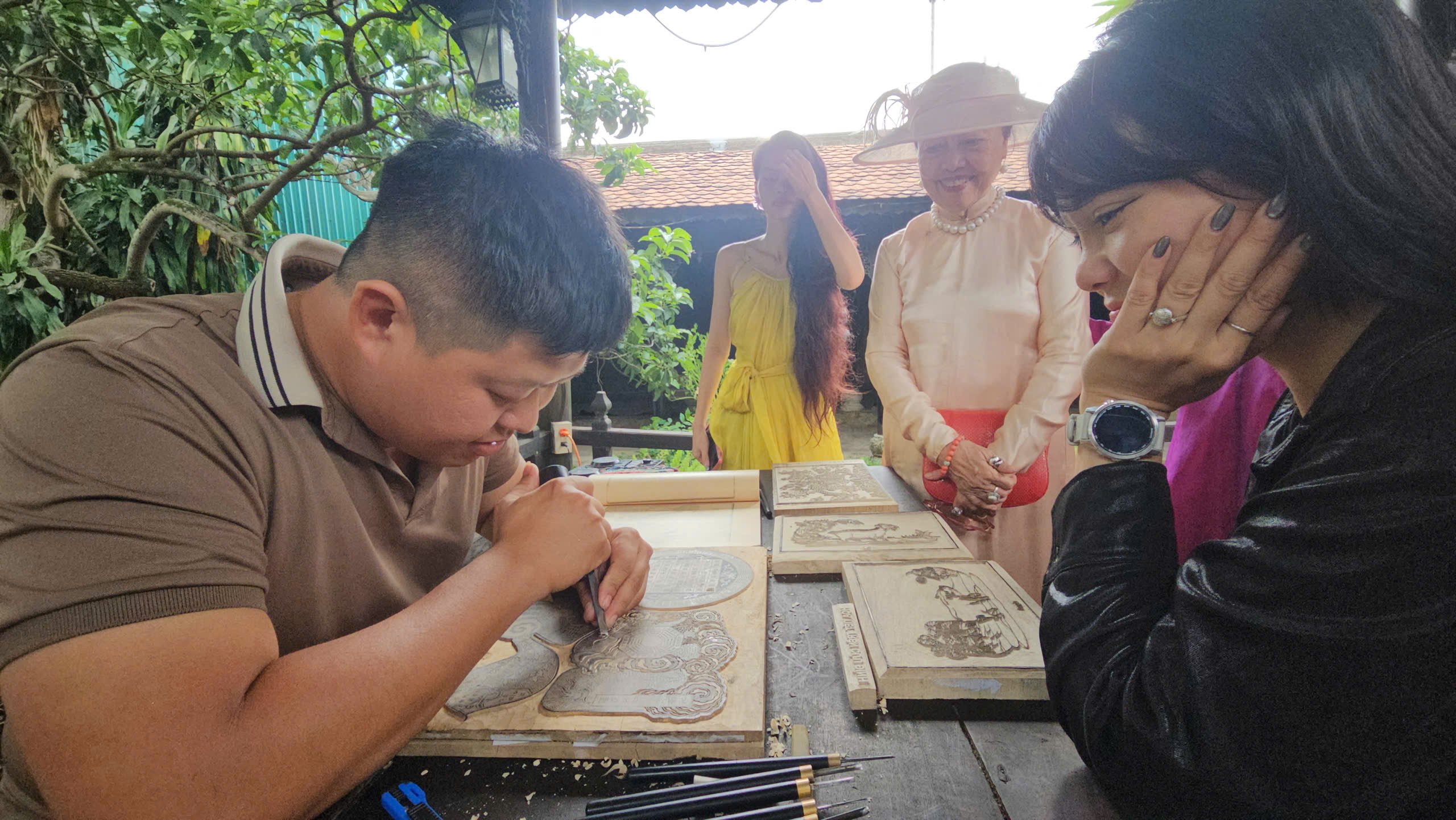






























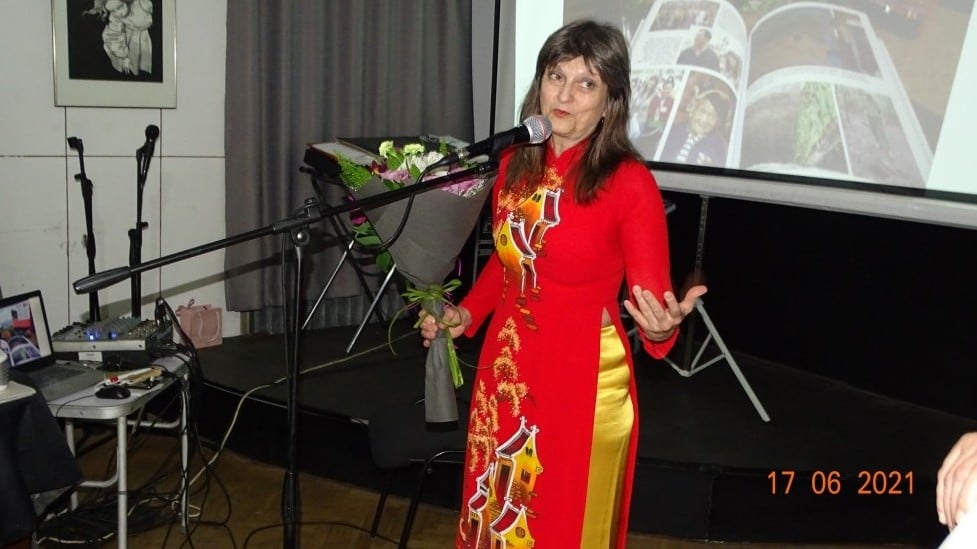




























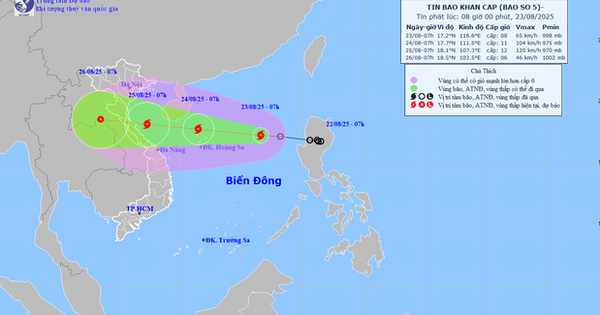



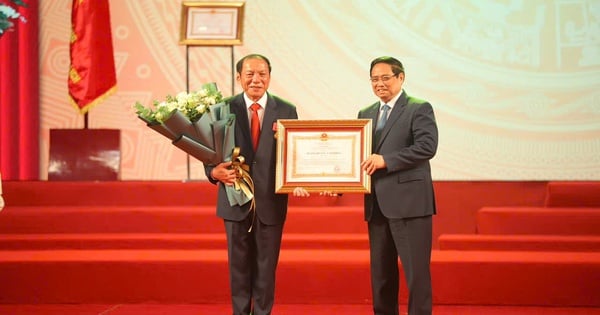



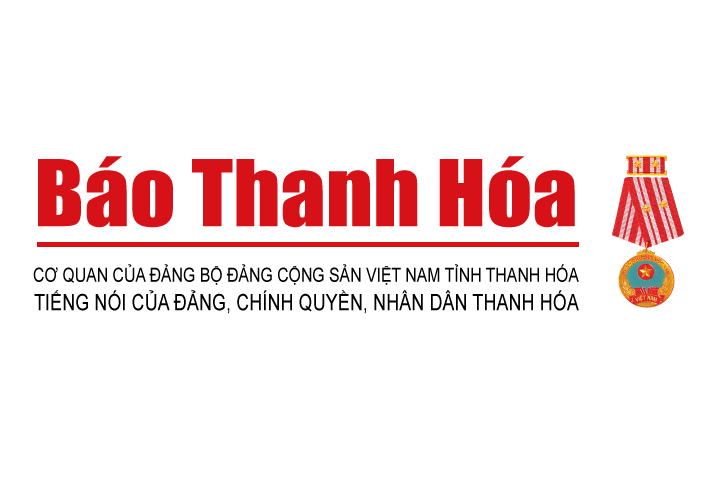










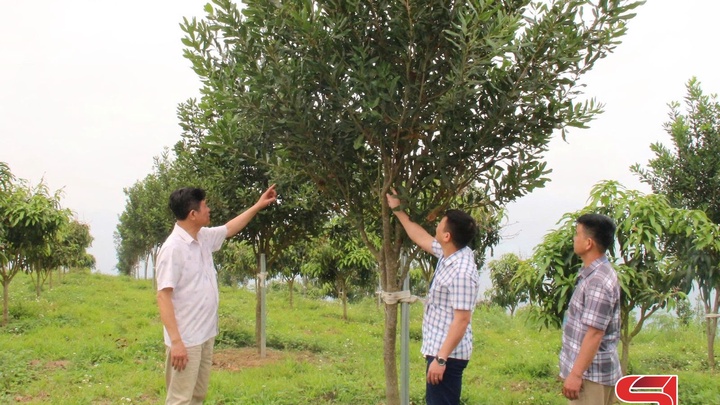







Comment (0)